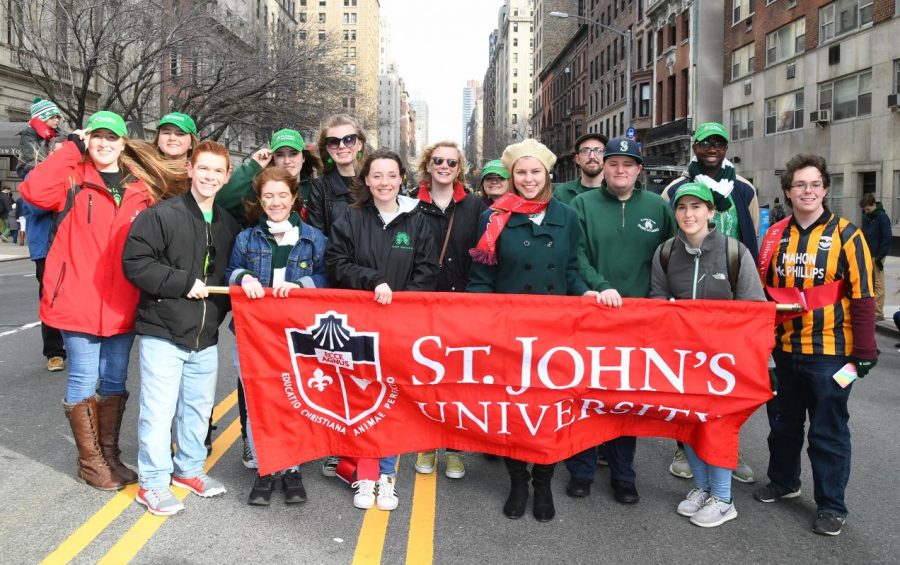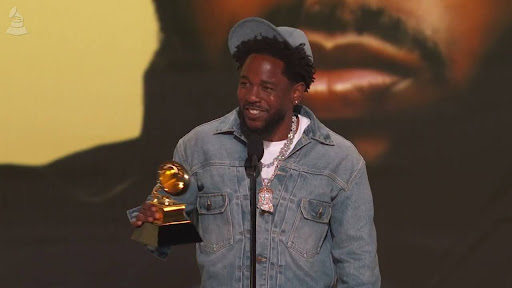In the United States, we have recently reexamined the way that Cinco de Mayo is celebrated across the country, as people of Mexican and Latin American descent have advocated for a more respectful celebration of the holiday, without the sombreros and “Cinco de Drinko” slogans. Irish people need to do the same thing, and we need to explain why these images of drunkenness and one dimensional stereotypes are hurtful for people of all cultures.
This St. Patrick’s Day, please throw out your “Irish I was drunk” and “Irish today, hungover tomorrow” shirts, along with anything else that perpetuates negative stereotypes of Irish (or any) culture.
By representing Irish people as drunken slobs, whether you are Irish or not, you feed into harmful tropes that Irish Americans have spent centuries attempting to overcome. Every “Irish car bomb” ordered at a bar will reinforce associations of Irish people as violent, while making light of the violence that occurred during dark times in Ireland’s history.
Contrary to popular belief, March 17 is not a day to celebrate the wonders of Guinness or leprechauns, but it is the feast day of a great saint.
St. Patrick is a Catholic saint who lived in the fifth century, and became known for spreading Christianity to the then-pagan population of Ireland. He was born in Britain, and was sold into slavery in Ireland. He eventually escaped but returned after having a dream which called him to spread the Gospel to the pagan tribes.
For centuries, St. Patrick’s feast day has been a special day for the people of Ireland and those of Irish and Catholic background. It is a day to come together and celebrate, but there is a way to do it respectfully.
Having a few drinks on St. Patrick’s Day with friends or family is a great way to celebrate, so long as drinking and drunkenness are not viewed as stand-ins for Irish culture.
Since the early days of Irish immigration to the United States, one of the most common insults of Irish immigrants is that they were drunks. In this day Irish people have battled that image, and are assimilated and make up a large percentage of the American population — yet Irish culture to some is still synonymous with the overindulgence of alcohol.
Drink responsibly, and do not pretend that your drunkenness has anything to do with Irish culture.
Images of leprechauns or pots of gold are caricatures of Irish culture, but they are harmless compared to the sloven drunkenness normally seen on the holiday. If you want to really know what Irish culture is about, watch traditional Irish dancing or learn a few phrases in Gaelic. Find a recipe for Irish soda bread, brown bread or eat a full Irish breakfast. Read the works of a great Irish writer, of which there is no shortage — James Joyce, W.B. Yeats, Oscar Wilde and Jonathan Swift are only a few. Traditional Irish music is beautiful, using a variety of instruments and relying on strong beats for dancing. If modern music is more appealing, listen to Hozier, Niall Horan, Van Morrison, U2 or The Cranberries.
One final way to avoid presenting yourself poorly this St. Patrick’s Day is to never say St. “Patty’s” Day. Patty is a diminutive of the name Patricia, and Paddy is used to shorten the name Patrick. This comes from the Gaelic spelling of the name Patrick, which is spelled Padraig.
Have a happy St. Paddy’s Day, and remember to celebrate Irish culture and honor St. Patrick, not mock them.








